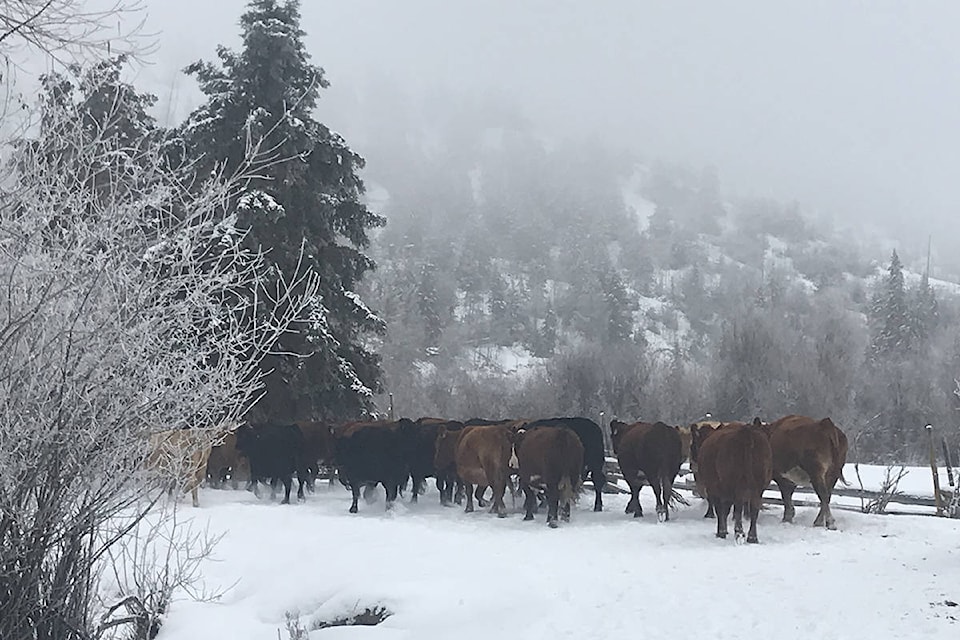David Zirnhelt
Special to the Tribune
What does a ranch at home look like?
From the beach in Zihua, Mexico, it looks like a different kind of heaven on earth.
Our temperature here this week is between 22C and 29C ( that is positive).
Winds from the ocean blow, keeping the water a perfect temperature for swimming.
Thoughts run to the temperatures at night back at home of -22C to -29C (that is negative).
Nice to miss that, glad of course that we don’t feel we have to calve early.
It is late winter here in Zihua and it is about to get hot.
No black cattle here, attracting the high heat from the sun, seeking shade which can be a tree here, a tree there.
The smart ranchers have some trees remaining from the jungle in their pastures or there are palms planted in rows yielding respite from the sun’s rays.
At home the folks feeding cattle need to make sure the extra feed is given when it is below about -20 C as energy requirements increase dramatically at those temperatures.
Not a problem here in Mexico, but the opposite is true.
In the extreme heat more energy is required to cool the cow’s body so it can put on weight, or produce milk for the young.
At home we know there is lots of snow for cattle to eat, hoping it doesn’t melt or crust up too badly and make it difficult for the cows to get there needs for water.
Here pastures will dry up soon and be that way until the rains come later in the summer, recharging the ground water.
At home we don’t have to worry about illegal agricultural crops (narcotics) that people war over.
Yes, here we do not want to be caught in any crossfire or stray into an area not wanting any kind of visitors.
Zihua has been kind of a security bubble and policing has been reinforced.
Bigger guns and bigger trucks patrol the streets like they have done in the recent past when drugs wars spill over onto the civilian territory.
Home looks pretty good, but we need to watch that past bad relationships which were racist don’t spill over into the creation of renewed conflicts.
Just look at the uproar in Saskatchewan where past bad blood has effected the protection of private property.
We certainly can’t be smug about living a good life in a healthy land. We need to think of our positives and prepare for challenges on all fronts:
Demographics: young people need to be entered into the agriculture businesses and make a living.
Cultural life: people need to have their requirements met, social and cultural.
Economics: a positive bottom line has to be arrived at: or bottom lines, if you include other values into the equation.
Environment: can we sustain our production at a lower cost while replenishing what we take from the land; and can adverse climate events be prepared for so as to have the least cost outcome.
So from this holiday perspective in Mexico where they have a monopoly on sun and tropical crops, things at home look pretty good, provided one can keep the home fires burning (a good woodpile) and that the water doesn’t freeze up, (which of course it did the day after we left home).
To strangers we meet, we say we love where we come from, especially when we are away.
David Zirnhelt is a rancher and member of the Cariboo Cattlemen’s Association. He is also chair of the Advisory Committee for the Applied Sustainable Ranching Program at TRU.
